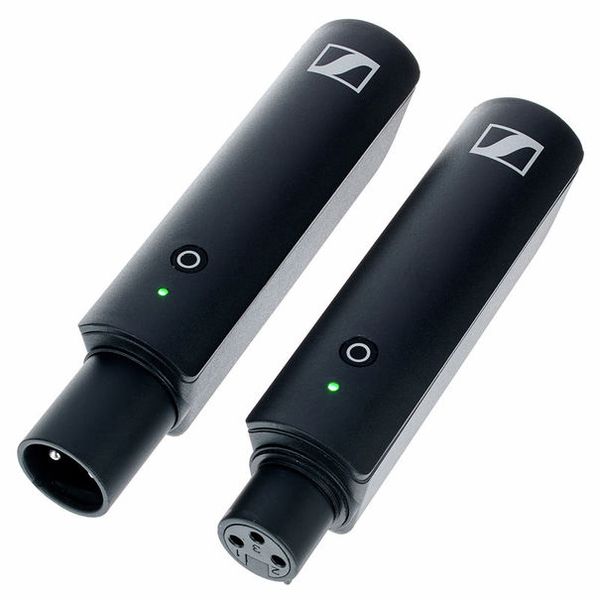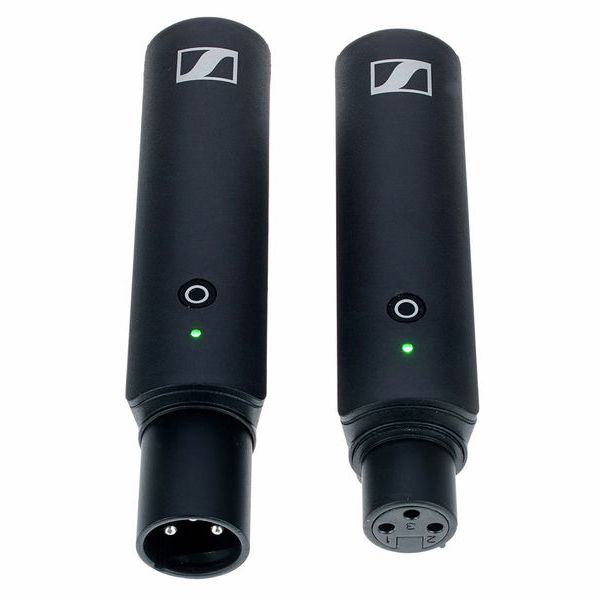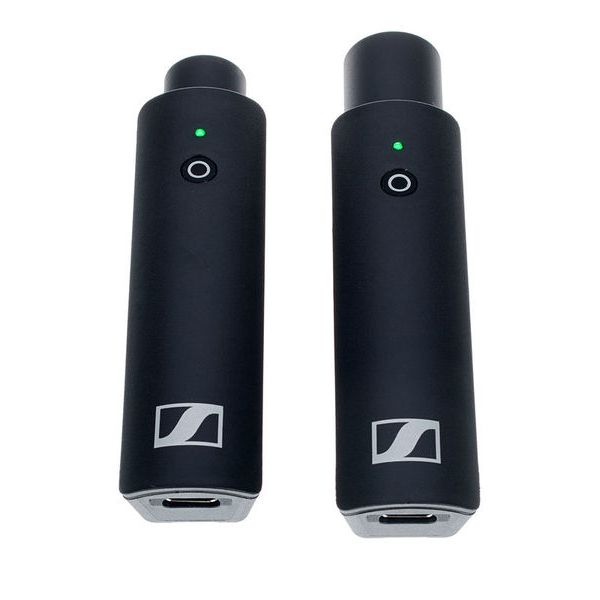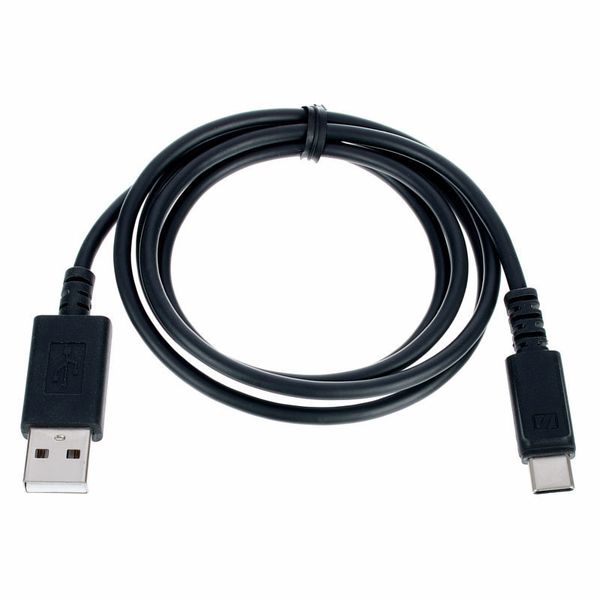I use a pair of Lucas Nano 608i's to provide PA for a church worship team. The system works great and I wanted to make it super quick to set by replacing the cabling with wireless units.
When choosing the wireless components, the BIG question I had was: "Will these 2.4Ghz wireless units operate correctly when the receivers are plugged into the mixer in very close proximity to each other"?
I read many reviews, watched loads of YouTube reviews, spoke to techy people, and yet I could not find an answer which would give me confidence that it would work. So I bought five Sennheiser XSW-D Base Sets to try it out for myself.
After charging all the XSW-D units and learning about the function of the single button and LED on each unit, I plugged the receivers into the mixer XLR sockets, plugged the transmitters onto SM58 microphones, and it all works great. It could not be simpler.
I personally cannot tell the difference between the wireless versus cable performance. I’m really impressed with both the simplicity and performance of the XSW-D units, and excited to use them for real with the worship group. I can now set up the two portable Lucas Nano 608i's, with singers and instruments and be ready to go in minutes.
I also feed a separate guitar signal into the mixer using a 2.4Ghz Line6 G50, and everything works without any issue.
Each unit can operate for up to five hours on a charge, which is plenty for our worship group. However, to provide 100% confidence on it's first live outing, I will provide each singer with a K&M Smartphone holder mounted to their mic stand, to hold a VARTA Powerbank, with a short USBA-C lead to connect the VARTA to the Sennheiser XSW-D Transmitter. And similarly, I'll use a powered USB hub at the receiver side.
(I’ve since learned that a maximum of five XSW-D transmitter / receiver pairs can be used at the same time. I have asked Sennheiser if this is literally a system limit, or if it is the number that would guarantee a good performance. I’ll update when I get a response.)

























)
)
)
